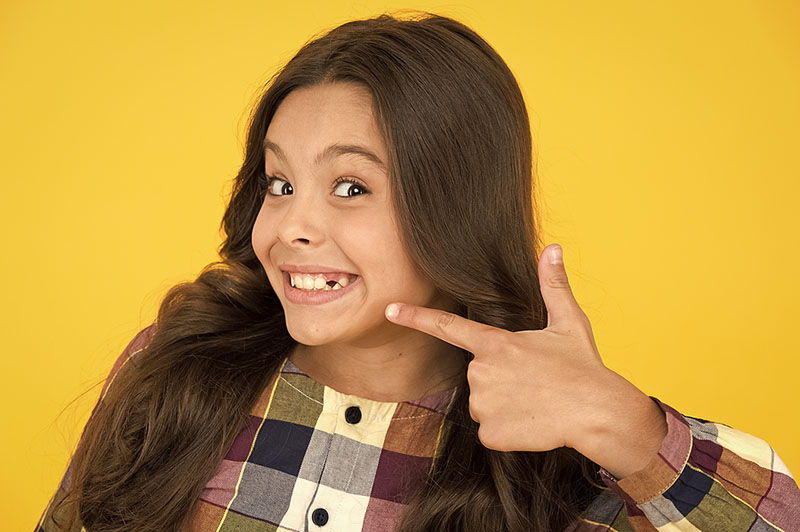
Many children today look forward to losing their teeth & the subsequent visit from the Tooth Fairy, who brings money or small gifts in exchange for the lost tooth. Although the Tooth Fairy as we know it isn’t a very old tradition, there have been a variety of legends & myths throughout history relating to the loss of teeth.
Before the Tooth Fairy
Even before the modern Tooth Fairy became popular, many cultures had rituals surrounding the loss of baby teeth (also called milk teeth). These traditions included burning teeth, swallowing them, burying them in holes or walls or throwing them backwards or off of a roof.
In parts of Europe & the Americas, many older myths involved rodents or crows that helped people get new & improved teeth after losing their baby teeth.
The Origin of the Tooth Fairy
The origins of today’s Tooth Fairy can be found in 18th & 19th century European stories. Various legends in Italy, the British Isles & France involve different figures, including the Virgin Mary, leaving a coin or presents in place of a child’s tooth left under their pillow.
Another story that has several parallels to the modern Tooth Fairy is an 18th century French story, La Bonne Petite Souris. In this tale, a fairy mouse helps a queen escape from a bad king by knocking out the king’s teeth & hiding them under his pillow.
However, the Tooth Fairy tradition as we know it today did not become truly widespread until after World War II. Researchers suggest that a combination of economic prosperity, popular media & a focus on creating enjoyable traditions for children are what ultimately led to a huge increase in the Tooth Fairy’s popularity.
Different Versions of the Tooth Fairy
Unlike other mythical figures such as Santa Claus, who is usually depicted similarly across many platforms, the Tooth Fairy’s appearance varies widely in popular culture. Although the Tooth Fairy usually has wings, interpretations of the figure vary by gender and size—some versions of the Tooth Fairy are as large as a human, while others are as small as a sprite. Still other versions of the Tooth Fairy more closely resemble the mouse or bird-like characters from earlier forms of the legend.
